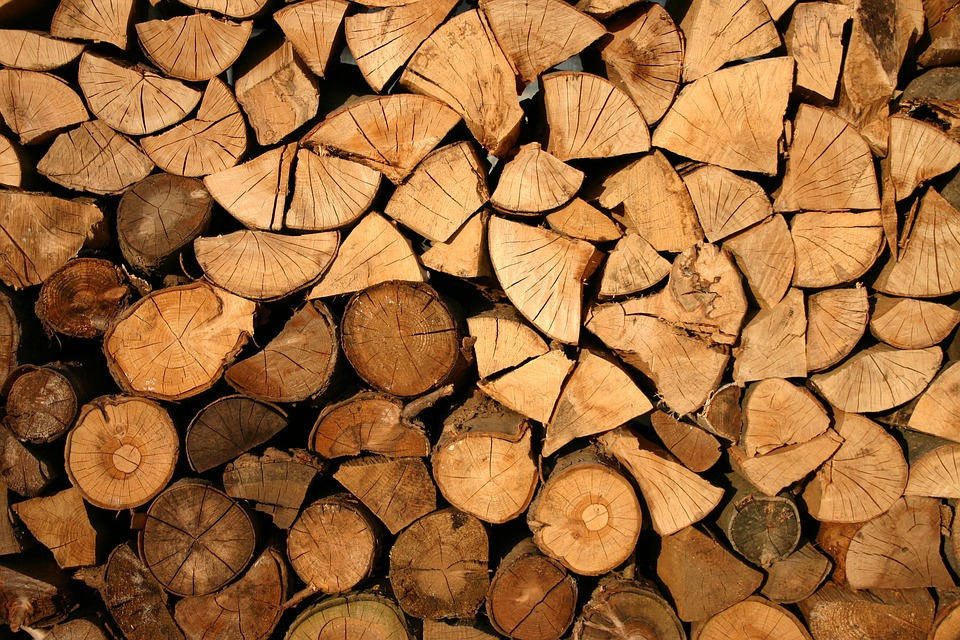Heating systems are great at keeping you warm during the cold season, but they’re also great at ramping up your electricity bill. If you’re looking to change up the way you warm your living room, then it might be time to put your furnace to good use. Fireplaces are still pretty much the most efficient way to keep warm during those cold nights.
Fireplaces are useless without firewood. If this is your first time lighting up your furnace, then you should know that it’s not enough to just throw any piece of wood in there to begin the fire. You need to secure yourself some excellent firewood first. As this is your first time, here’s everything you should know about firewood.
Softwood vs. Hardwood
There are two types of firewood you can buy – softwood and hardwood. According to Light Foot Energy, hardwood is made from dense and heavy trees like oak, birch, maple, pine, and sycamore just to name a few. On the other hand, softwood is made from light trees like pine, butternut, willow, and cedar.
Due to their weight and size, hardwood is generally more expensive as you get fewer logs from buying a certain amount of wood. On the bright side, hardwood tends to last longer as compared to softwood, so they’re still worth it. Softwood, while cheaper, burns out much quicker. An upside to softwood is that it can bring up the room’s temperature much faster than hardwood.
Ideally, it would be best to buy a mix of both softwood and hardwood. Experts from buyfirewooddirect.co.uk say softwood allows you to start the furnace going faster. Subsequently, the hardwood helps maintain the heat for prolonged periods of time meaning you can get the benefits of both types.
Seasoning Process
The difference between the firewood you buy from the store and the firewood you get from chopping as a tree is the seasoning. Seasoned firewood is those that have been dried out. As they are dried out, they burn stronger and for longer amounts of time. To dry out firewood, manufacturers have to keep the wood in a shed where it can’t be reached by water for up to 18 months.
Seasoned firewood is often sold already pre-cut. Manufacturers do this to make sure that the wood is as dried out as possible. You can season firewood that you gather on your own. However, keep in mind that wood can still absorb water once it’s dried out so make sure to store it in a dry place.
Aside from keeping it away from water, you need to make sure that the storage area is not humid. The firewood can also absorb the moisture in the air.
How To Start The Fireplace
Now that you have firewood, it’s time to light the fireplace. First off, you’d want to grab two pieces of firewood and place them a few inches apart on the metal grate. In between them, you need to place some kindling to start the fire. It’s not wise to start the fire going with fuel because it can turn uncontrollable in an instant.
Grab dried out pieces of twig, newspaper, leaves, or anything that can begin to burn quickly. Place two more firewood on top of the two that are already on the grate. Now, grab a rolled-up newspaper and light the tip. Place the fire inside the chimney as high as possible to begin creating an upward draft.
Once that is done, slowly light the kindling at the bottom of the furnace. If done correctly, the kindling below will begin to start burning the firewood on top. The upward draft caused by the heat will ensure that any smoke doesn’t get into the living room. Once it’s started, all you have to do is feed it firewood once the fire starts to die down.
If you are headed to sleep, don’t forget to put out the fire first. Ideally, the best way to do so is to separate the logs from one another and put them on opposite corners of the furnace. This prevents the fire from continuing to grow.

Fireplaces are still one of the best ways to keep you warm. Instead of paying for a heater’s electric consumption, it’s a great option to go all-natural and just buy firewood. If you really want to get your money’s worth, make sure to ask your local seller about which firewood burns the best so that you can have a long-lasting source of natural heat

